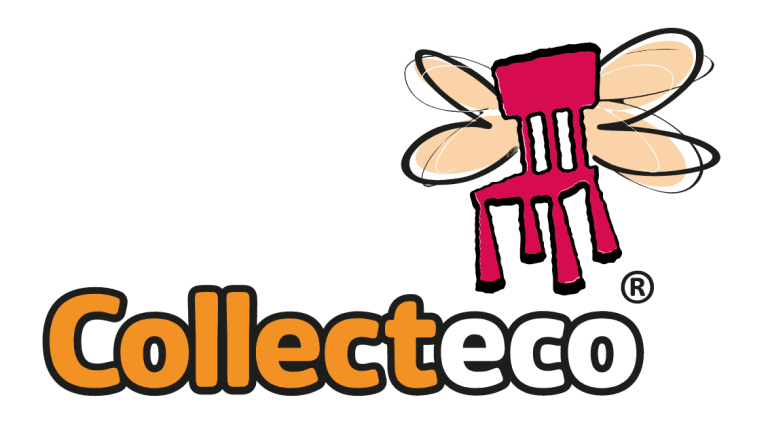Co-production and community engagement for nature based solutions

Problem Addressed
This solution was sourced in response to UKGBC’s Innovation Challenge: “How can communities and local authorities implement, maintain, and assess the impact of nature-based solutions to enhance climate resilience?”
For projects to successfully address global societal challenges, this requires collaborative governance approaches that can only be built through co-production and co-creation. Communities, places, and organisations are composed of the intangible – stories, memories, values, cultures – and the tangible – people, nature, objects, buildings, towns. We must understand and work with these elements to co-create transformative pathways and patterns towards inclusion, sustainability, and resilience. While the language of co-production and co-creation is increasingly being used in projects, turning this approach into reality is either weak or non-existent in practice.
Verification & Case Study
Via the Connecting Nature project, the EM|Path Approach has been evaluated in terms of the following Co-Production Principles: inclusivity and diversity of actors; different types of knowledge and sharing of that knowledge; and legitimacy due to credibility of knowledge and trusted process.
Case Study
The EM|Path approach in A Coruna, was designed and delivered as two separate activities. In June 2021, 12 local citizens who are involved in the municipal Urban Garden, reflected on the role of nature in the past. Applying the methods of memory work, immersion in nature, and a short eco-therapy mindfulness session, the participants captured and shared their past feelings and connection to nature. A follow-up session, focusing on the individuals’ present experiences was completed in November 2021, with participants completing both individual and a collective body-map. Across both sessions, participants were supported by two artists – a poet and an illustrator – who were invited to make a creative response to work. The artists became central to the facilitation of the exercises, bringing their own expertise and cultural knowledge to the process. The sessions were carried out in Spanish and Galician; the outputs – the memory work and body maps of the participants, as well as the illustrations and poem by the local artists/facilitators – were exhibited in the Agora Building (Community centre).
A Coruna have shared that the reason for many of the gardeners to have a plot was the will to reconnect with their memories of a time when they felt closer to nature. In this sense, the EM|Path Approach showed how the urban gardens (Connecting Nature exemplar) help people connect with their emotions and feelings, recovering the agricultural heritage, and showing the will of citizens to be more in contact with nature and have more nature in their city.



This page presents data, evidence, and solutions that are provided by our partners and members and should therefore not be attributed to UKGBC. While we showcase these solutions for inspiration, to build consensus, and create momentum for climate action, UKGBC does not offer commercial endorsement of individual solutions. If you would like to quote something from this page, or more information, please contact our Communications team at media@ukgbc.org.
Related
A process tool for implementation of NBS at scale

EarthScan

Model to give away space when space is bought

Collecting and donating surplus furniture, equipment and materials

